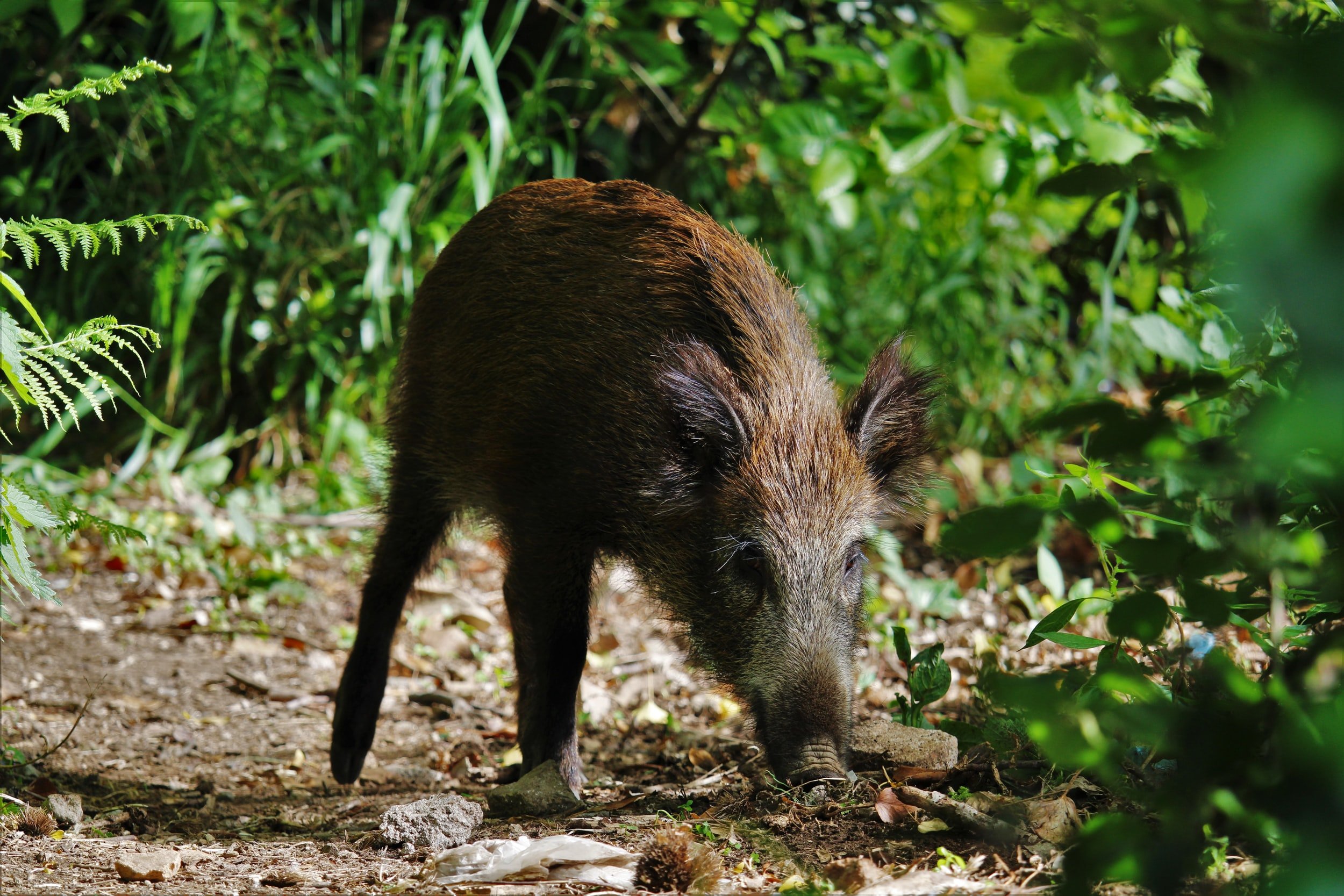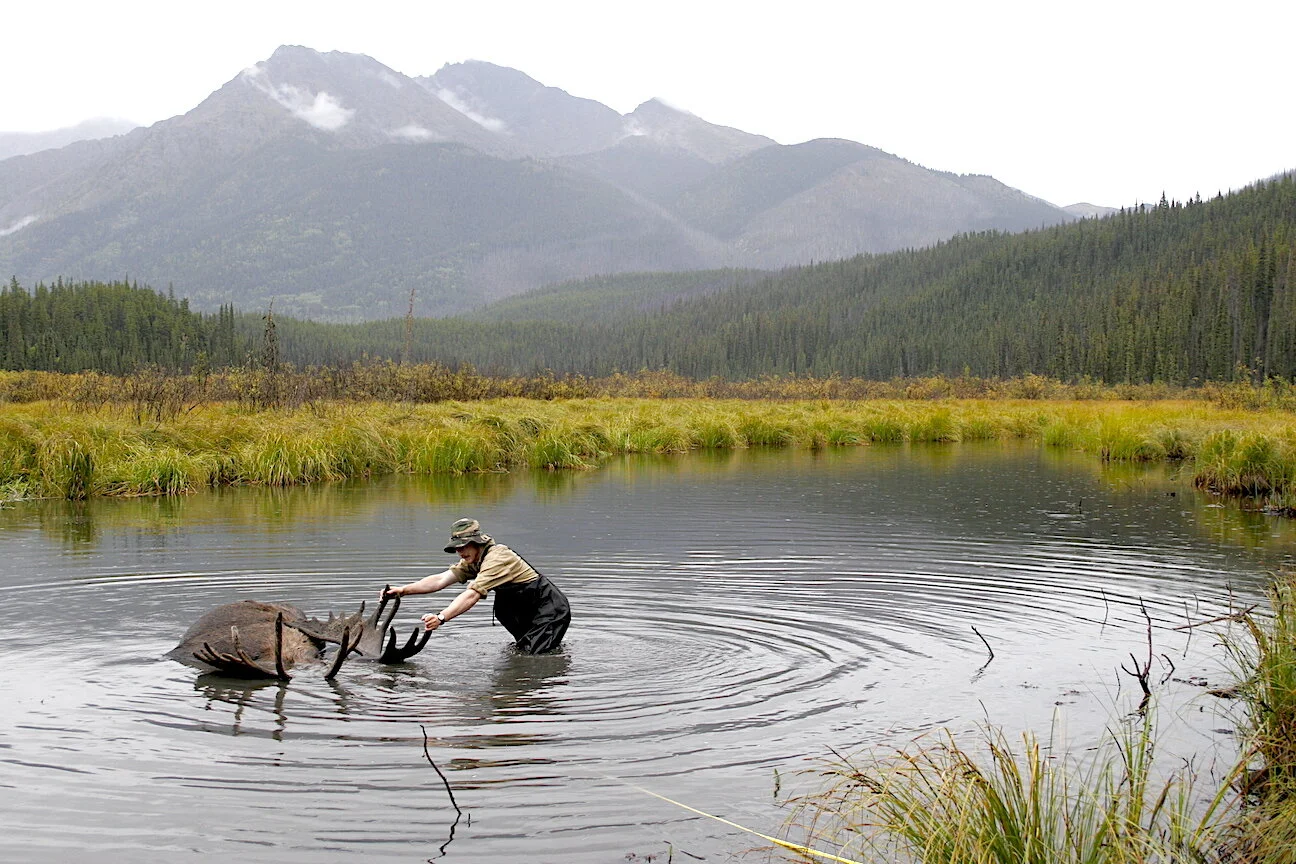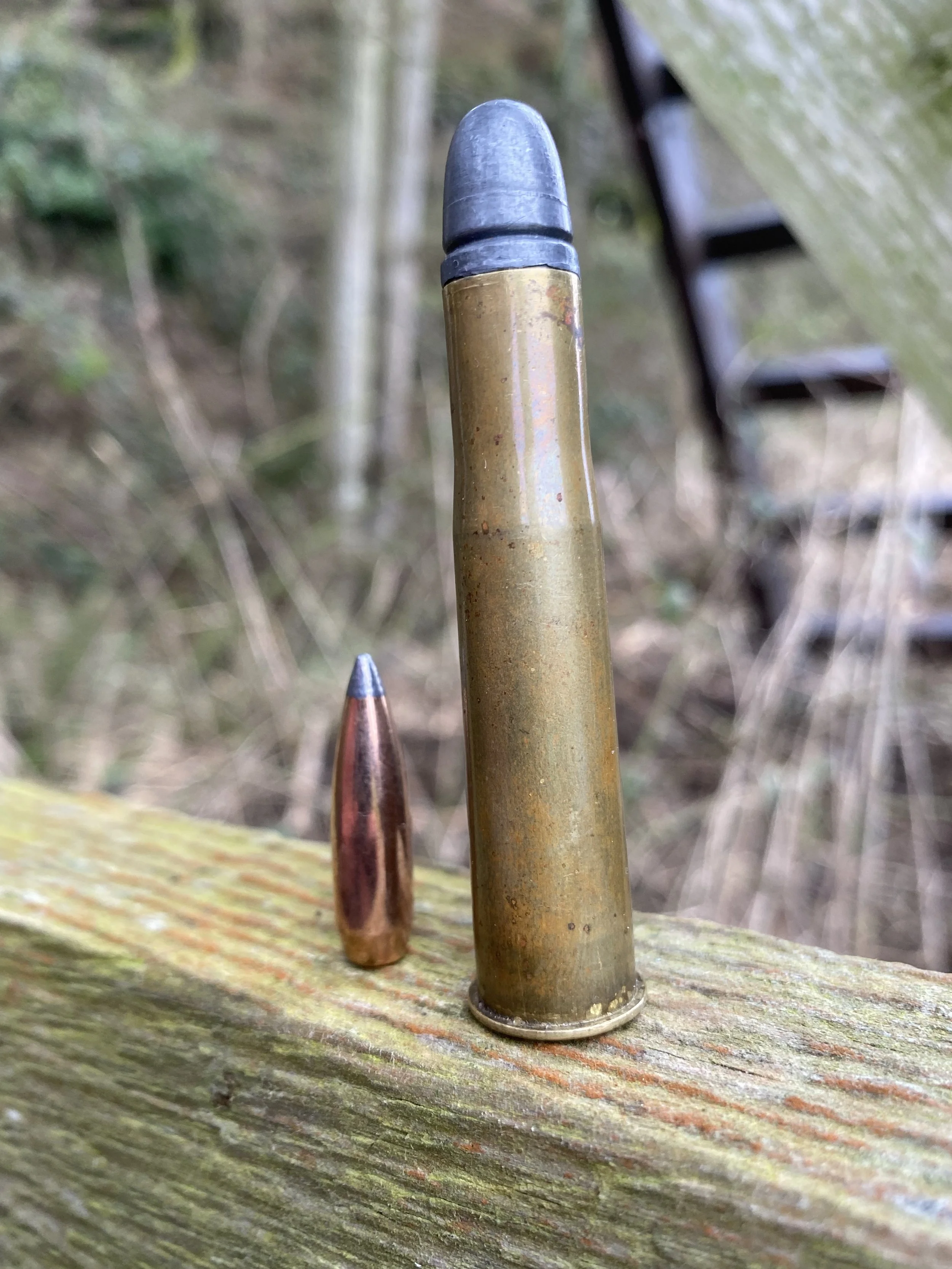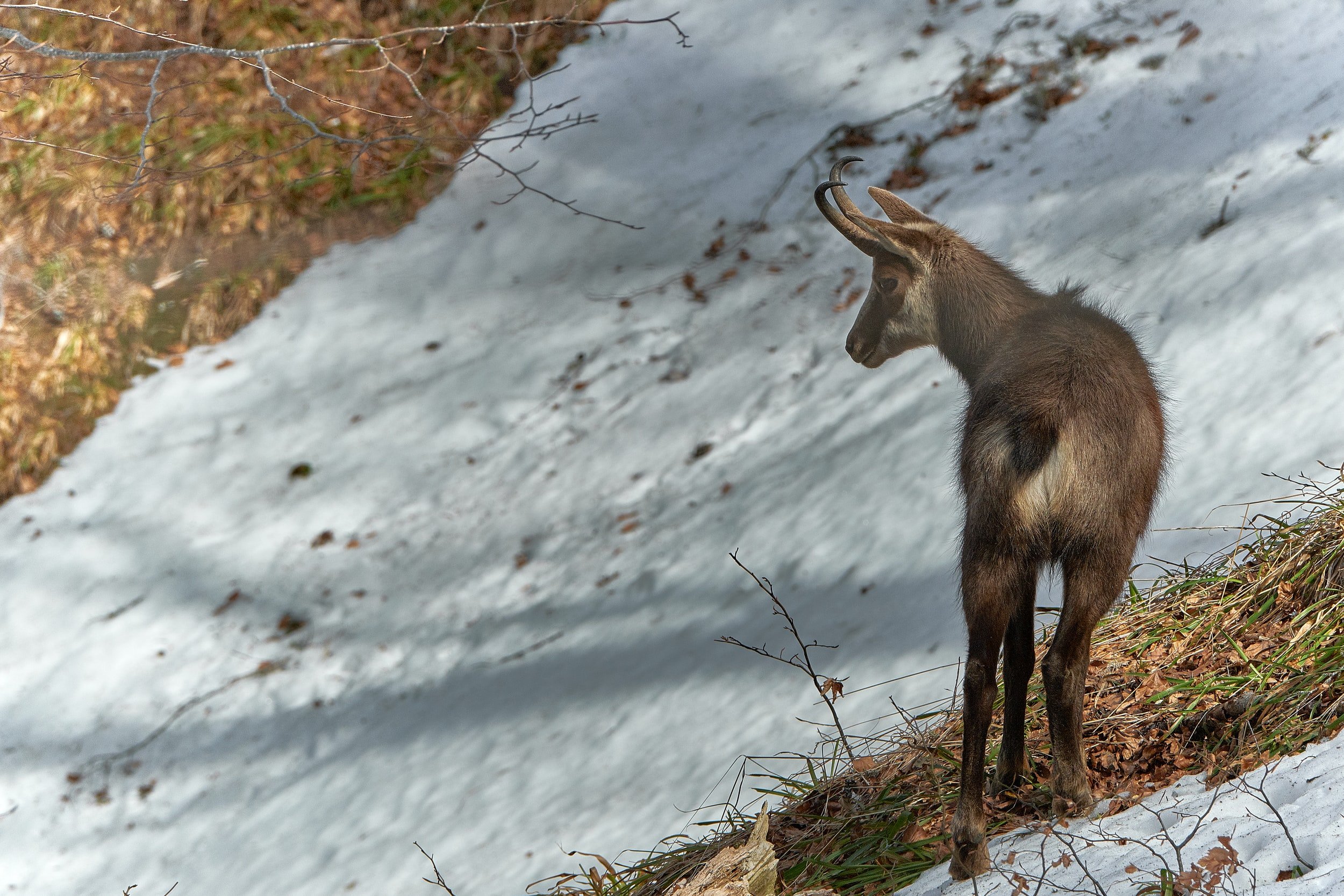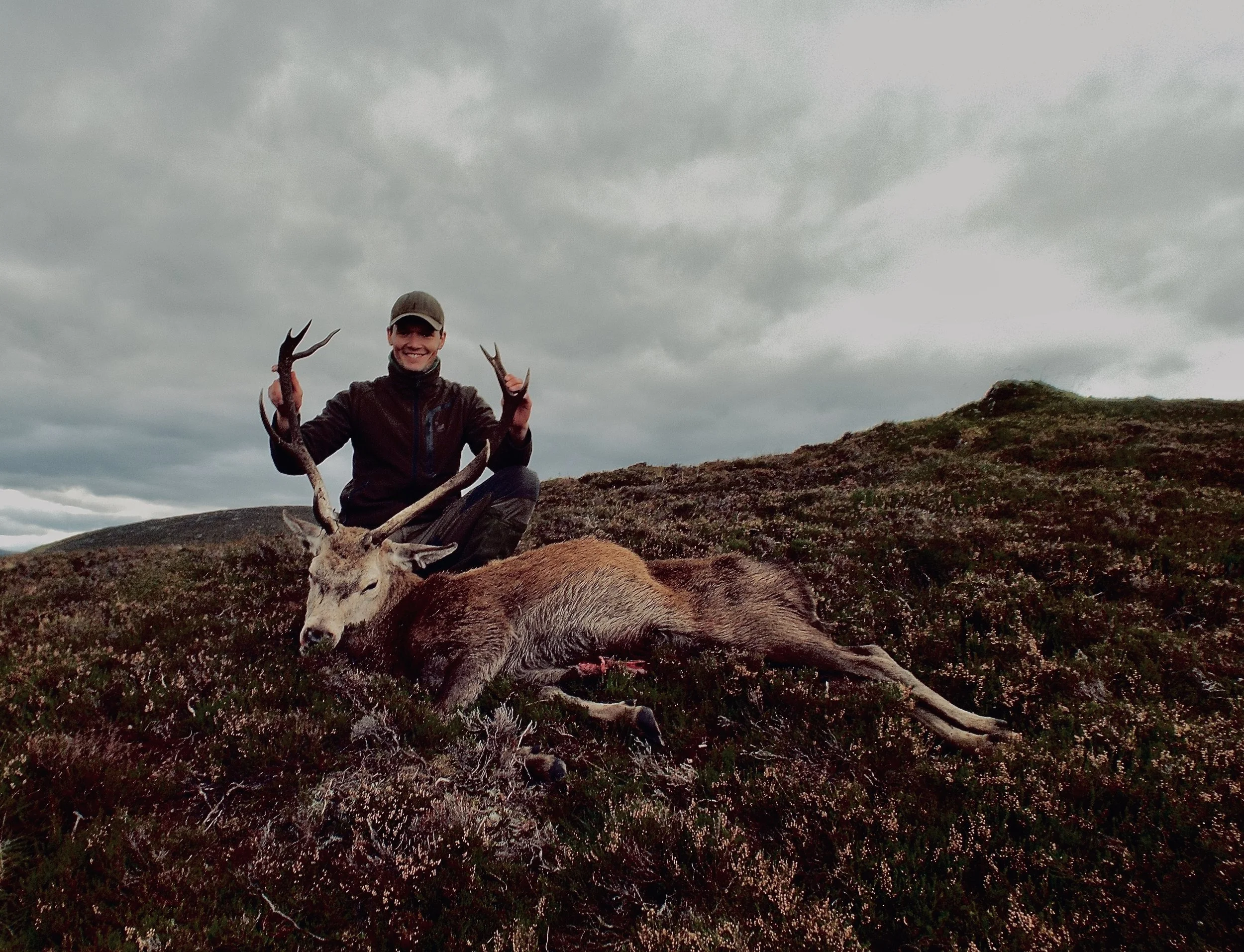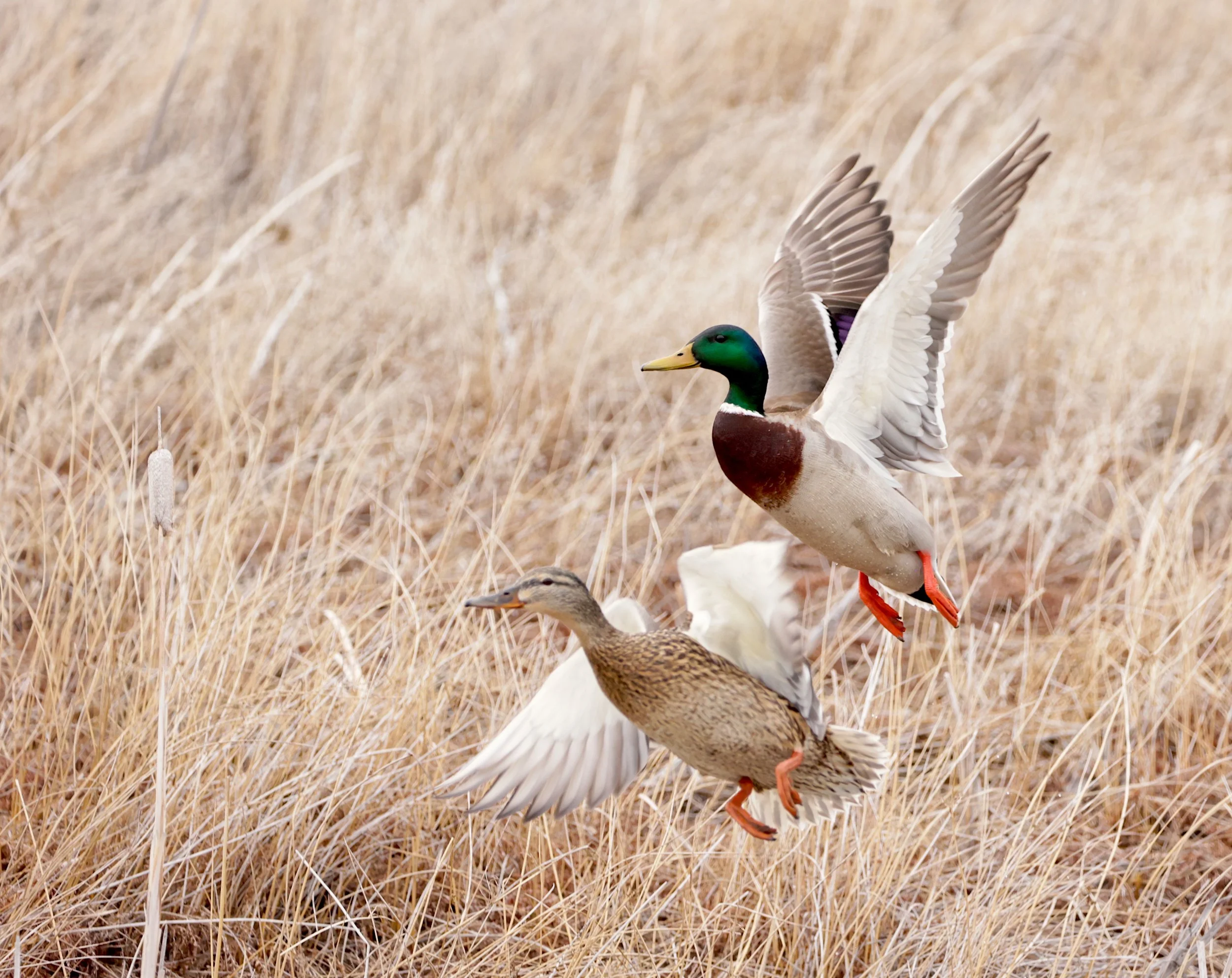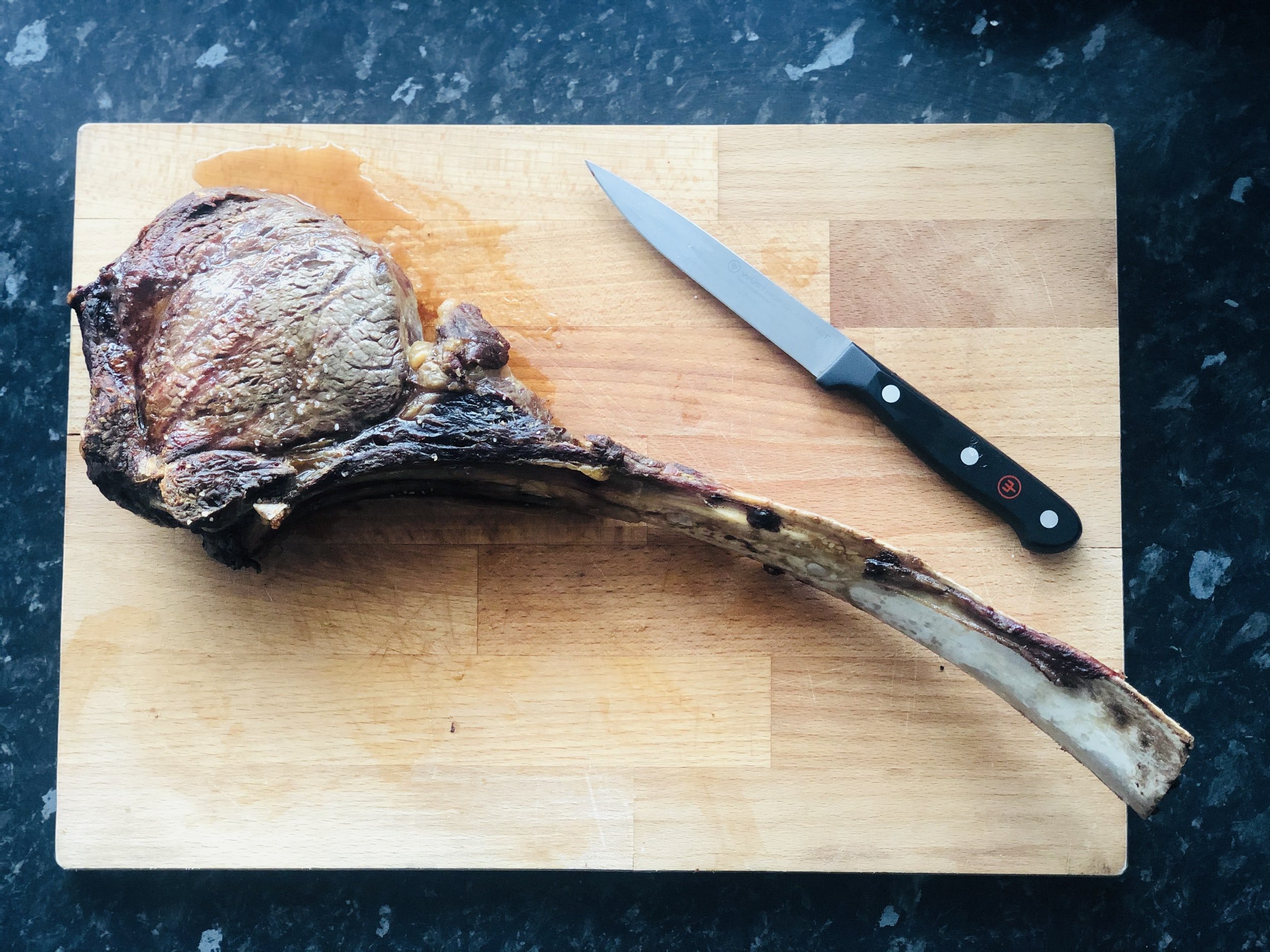Sapelo Hog Hunt
After slogging through a palmetto jungle for who knows how long, I looked at Steven and said, "I don't think there are any hogs here."
My nephew Steven and I were lost on a 16,000-acre island off the coast of Georgia, vegetation so thick that all we could do was bulldog our way forward an inch at a time. The cool coastal breeze that had felt so good earlier when the two of us were sneaking along marsh edge was now a stifling, claustrophobic heat. But that’s where the feral hogs were hiding out.
Feral hogs are nuisance animals that have been compared to a virus spreading along the landscape of many parts of the country. Like miniature plows, they root up everything in their path. They destroy wildlife habitat, ear ground nesting birds, and reproduce rapidly. Hunting is a necessary control and, for many, a passionate pastime. The methods for targeting them include feeders, thermal imaging scopes, dogs, airboats, and even helicopters.
While effective for reducing hog numbers on private lands, several of these techniques are impractical and often illegal on public land. So, what strategies can you use on public land? One method is simple but not easy: hunt where others do not. That’s how we found ourselves struggling on Georgia's Sapelo Island. But Steven and I weren’t alone. We were accompanied by the Barron family of Griffin, GA, hard-core, do-it-yourself public land warriors. The Barrons have been hunting hogs the tough way on public land for years with scores of hogs to their credit.
The family is led by seventy-year-old patriarch Spencer, followed by son Steve and grandson Steven. They believe in going far and going hard and trust good things will happen.
Sapelo Island, situated between Savannah and Darien, has a mix of tall pines, palmetto scrub, majestic oaks, marshland, and several inland ponds and bogs. The island runs primarily north and south. It is one of four barrier islands off the coast of Georgia. The state currently manages over 9,000 acres of Sapelo as a Wilderness Management Area. It is open to hunting. The Barron's were new to Sapelo, but their techniques had been tested significantly on neighboring islands Ossabaw and Cumberland.
Spencer champions the “marbles in a bucket” theory when hunting hogs. "Drop a washer in a bucket. Pick the bucket up and move it around, and eventually, a marble will run into the washer. Pigs are like marbles in a bucket if you go where they are,” he told me. The key, then, is being where the hogs are. The challenge is finding those places. Hogs are not stupid. They are sensitive to hunting pressure. They will vacate areas with lots of hunters.
Before leaving for our hunt, we used Google Earth and Google Maps to find the best places to hunt. We paired that with what other hunters said about the island and what we gleaned from phone conversations with the area’s State wildlife biologist. From there, it was a matter of rucking it, which is the best way to find out what's going on.
Throughout our two-and-a-half-day hunt, we hike more than twenty miles. On the first day, I got lucky when walking along a firebreak. I heard a faint sound.
Unsure of what it was, I stopped to listen and then heard the unmistakable grunt of a feeding pig. Quickly I set up and waited, and after only a few seconds, a mottled black and white pig fed out of the grass and into my line of fire. A neck shot put him down. The hunt was off to a good start, the next day proved how challenging pig hunting can be.
We split into pairs, and I went with twenty-one-year-old Steven to check out the eastern marsh area on Sapelo. Steve hunted with his father Spencer on the western side of the island north of our camp. The trek across the island was 3.5 miles one way. We saw no hogs. The sign we did see appeared old. Also, much of what we came across was too thick to hunt, including the palmetto thicket where we got lost. So, while we did not kill a pig, we did discover that satellite images sometimes give false impressions. An area we thought could be productive was impenetrable. Nothing replaces boots on the ground scouting. From a bird's eye view, it had been impossible to tell how dense the area was, but now we knew.
Upon our return to camp, we were pleased to learn that the elder hunters had proved their worth. Spencer and Steve had worked another marsh on the opposite side of the island. By keeping the wind in their faces and moving quietly, they edged the marsh and bagged three pigs.
Later, on the last day of the hunt, Steven, Steve, and I walked another 3.5 miles one way to a previously unexplored area. It looked perfect. Tall oaks shaded out a lot of vegetation to create open spaces with good views. Sure enough, before we even got to our spot, we saw three adult pigs. Steven dropped the hammer on a big red sow.
We left the island with sore feet, but five pigs, all because we were willing to go to areas others were not.
This kind of hunting is a lot like western elk hunting in some ways, only with a much easier pack-out. It requires planning, hard work, and quality gear. Besides rifle, the three essential pieces of gear were comfortable boots, a good backpack, and shooting sticks. Some may scoff at carrying around shooting sticks through the woods all day, but I think it makes perfect sense. Tracking a wounded hog through the thick stuff would be no fun, and our goal was to have every shot pig drop where they stood. Shooting sticks help with that, and they don't have to be heavy or expensive. I used a homemade pair Steve fabricated out of a few old tent poles.
Good hunting boots are obvious. Steven got blisters on the first day and never fully recovered, having to tough it out the rest of the way. Pre-taping feet is a good idea if one is prone to blisters, but taping does not replace a good set of boots. There is no "one brand fits all" perfect boot. Just find one that fits well and that will do the job.
For me, backpacks are similar to boots. The bag needs to be big enough to haul what gear is required for the day plus a quartered-up hog. Mine was a Kelty Redwing with an internal frame with solid shoulder straps and waist belt.
Test or break-in all your gear before any hunt. I hiked miles of firebreaks in the woods near my home while wearing the boots and backpack I planned to bring on our Sapelo hunt. Not only did this help me ensure everything was in working order, but my daily hike also helped me get into shape for the hunt to come.
There is a lot to like about feral hog hunting. Despite their destructive nature, they are wary and challenging with sensitive noses and sharp hearing. They live in almost any habitat, especially nearly impenetrable thickets. Taking them with traditional methods isn’t always easy. Baiting, trapping, dogs, and helicopters are perhaps most effective for reducing overpopulated herds. But when these tactics aren’t a legal option, good old fashioned hunting skills combined with going the extra mile can produce. This can lead to sore muscles, blistered feet, and a host of other insults and injuries that come from hard work. But it can also lead to pork on the plate. Staying persistent, pounding the shoe leather, and tolerating uncomfortable conditions — including getting lost in palmetto hell holes — have worked for us.
All it takes is the willingness and the grit to go the extra mile.




